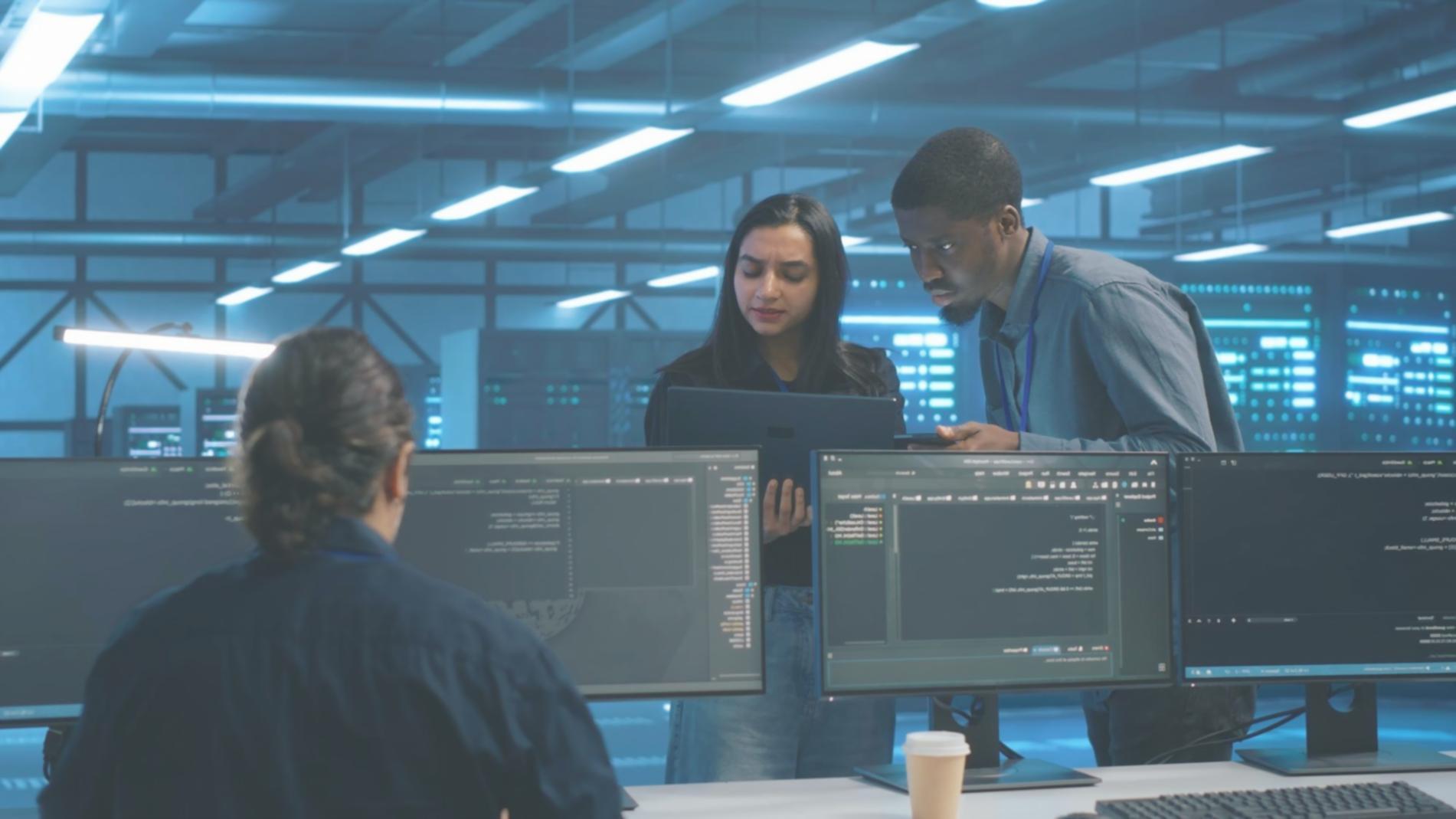How We Got Here
Back in 2019, I was working with a team on what should have been a breakthrough mobile RPG. The concept was solid, the mechanics worked, but something felt off. Players would download, play for maybe ten minutes, then delete.
That's when we realized the graphics looked technically perfect but emotionally empty. Every character animation felt like it came from the same template. Every environment, while detailed, lacked personality.
We decided to rebuild from scratch, focusing on what we call "emotional graphics"—visuals that make players actually care about what happens next.
The game eventually hit 2.3 million downloads and maintains a 4.7-star rating. More importantly, players started sharing stories about the characters as if they were real people they knew.



